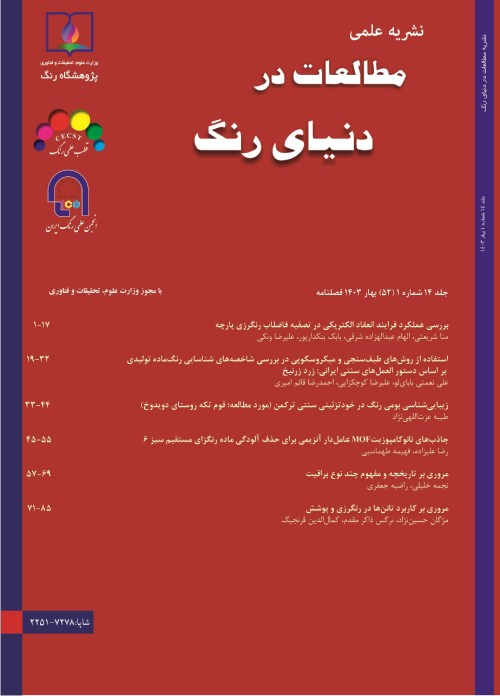Risk Assessment of Using Different Cellulose Nanomaterials in Pulp and Paper Industries
Nanocelluloses, nanosized starches, and nanostructured chitins are the most abundant renewable biobased nanomaterials. These compounds were introduced as performance-enhancing agents for many future products due to their unique nanostructured properties. But, it was not yet determined how these specific properties influence biobased nanomaterial safety because they depend on many parameters. So far, few factors have been identified, such as their interactions with cells and organisms and exposure routes. Biobased nanomaterials are considered safe compounds due to their natural origin and environmental compatibility of their bulk forms. Published results on the safety of biobased nanomaterials show that they are generally not toxic to humans or the environment. However, they are not inert compounds and may also interact with the surrounding (for example, inflammatory effects in animal experiments. Among other factors, particle size and shape, aggregation characteristics, degree of branching, and specific surface properties, may affect the interactions of biological nanomaterials with cells and organisms. In addition, due to the significant variation in the properties of biobased nanomaterials, the toxicity test results obtained for the analyzed samples have been reported as valid. But this still requires more research and knowledge about the interactions of nanomaterials with living organisms. Therefore, the safety of biobased nanomaterials should be evaluated on a case-by-case basis, and the current guidelines and protocols for the use of nanomaterials need to be sufficiently developed. In addition, manufacturers of biobased nanomaterials should ensure the safety of their products during the whole life cycle of products, similar to products based on them. Nanoparticles are very reactive due to their small size and large surface area. This feature increases the risk of fire and explosion compared to larger particles. The most important methods for controlling exposure to nanoparticles are risk elimination, replacement of high-risk materials and processes with low-risk materials and processes, enclosure, engineering controls, management controls, and the use of personal protective equipment.
- حق عضویت دریافتی صرف حمایت از نشریات عضو و نگهداری، تکمیل و توسعه مگیران میشود.
- پرداخت حق اشتراک و دانلود مقالات اجازه بازنشر آن در سایر رسانههای چاپی و دیجیتال را به کاربر نمیدهد.



